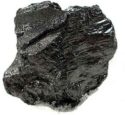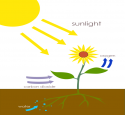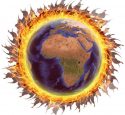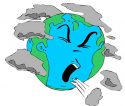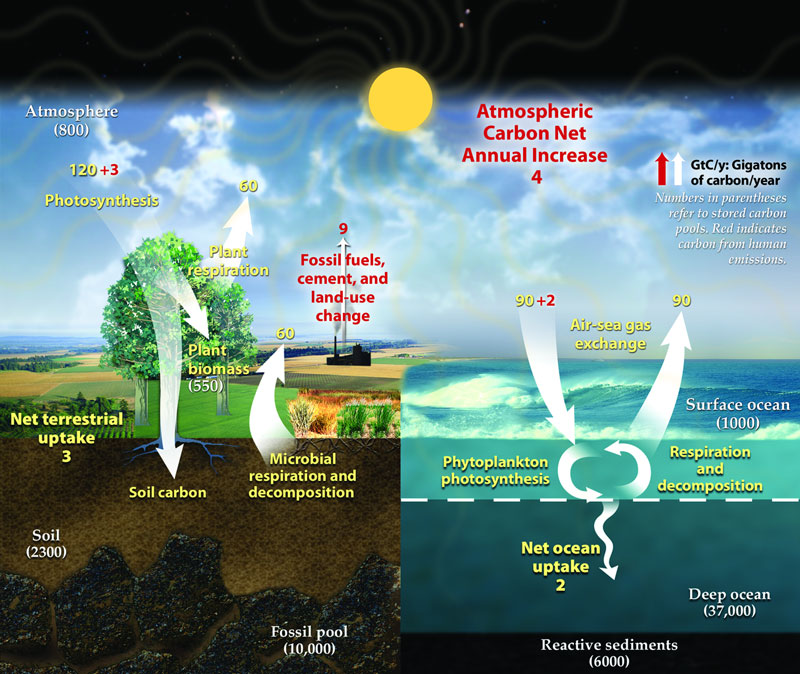 Carbon is the most useful element for living things and many geological processes. It is has been placed as the 19th most abundant element on our Earth’s crust. It is found in many materials, e.g. carbon dioxide, coal, living things, and lime, etc. The carbon moves across the Earth in a cycle called the carbon cycle.
Carbon is the most useful element for living things and many geological processes. It is has been placed as the 19th most abundant element on our Earth’s crust. It is found in many materials, e.g. carbon dioxide, coal, living things, and lime, etc. The carbon moves across the Earth in a cycle called the carbon cycle.
What is the Carbon Cycle?
The carbon cycle is a process that happens continuously all around the Earth. In this cycle, the carbon moves between living things, land, water, and atmosphere in the form of various compounds. The carbon cycle is important in sustaining all kinds of living things on the Earth. For example, we humans breathe Oxygen and exhale carbon dioxide to the atmosphere. Whereas, plants absorb that carbon dioxide from the atmosphere and gives oxygen gas.
How Carbon Moves In Carbon Cycle
There are various ways in which Carbon moves across the Earth. Some methods supply carbon to atmosphere, land, water, and living things, whereas other methods take carbon from these things.
Carbon moves to the Atmosphere, water, land, living things in several ways. Some of them are:
- Combustion of fuel.
- Breathing of oxygen by land animals and marine animals.
- Eating of food by animals.
- Some marine animals use carbonic acid to make their shells.
The processes in which carbon is taken out of the atmosphere, water, land, and animals are:
- Photosynthesis of plants.
- Absorption of carbon dioxide in oceans, lakes, and raindrops.
- Some geological processes also generate oxygen.
- Decaying of dead animals.
How Carbon Cycle Is Affected By Humans?
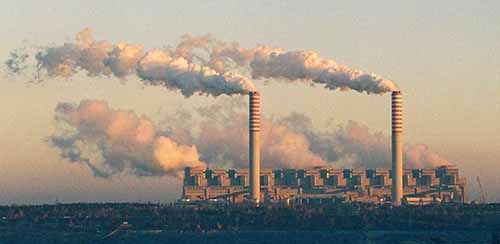
After the advent of successful engines in the 18th century, the consumption of fossil fuel has increased. Since then, the consumption has increased exponentially, which moved more carbon to the atmosphere than it is taken-out. As a result, the natural balance of the carbon cycle has been disturbed and it has also caused Global Warming. The other way in which humans affect the carbon cycle is by certain industrial processes that release carbon dioxide further in the atmosphere.
It is highly advisable to shift from inefficient and conventional methods of transportation and industrial operations to efficient and green methods. This way the impact on the carbon cycle can be reduced.
Facts
- Due to human activities, the level of carbon dioxide concentration has crossed 400 ppm (part per million). This is almost double the highest level rise of carbon dioxide for the past 1 million years.
- The body of an average-sized person is roughly made of 18% carbon atoms.
- Most of the carbon on the Earth is present in the crust. But some geological evidence suggests that carbon is also present in the core of the Earth in the form of iron carbide.

